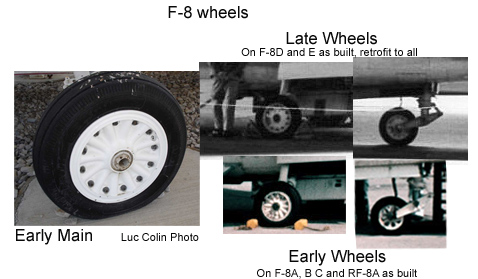RF-8 Conversions

From Tom's post on Hyperscale: There have been several RF-8 conversions over the years, none particularly good. The first was the War Eagle vac for the ESCI kit. The conversion was in some respects better than the base kit, but not worth messing with, because the ESCI kit is really awful. Two resin conversions were done for the Monogram kit, the one by Maintrack and one by C and H. Of the two, the Maintrack is the more accurate in that it made a real stab at the smaller nose. It is a one piece forward fuselage conversion, but does have a cockpit molded in. C and H just put a Cobra nose cone on a Monogram fuselage which stands out like a sore thumb. Plus, it is also a one piece forward fuselage conversion, but their is one no cockpit! Try doing the intake and cockpit on that! It even buffaloed Phil Brandt. I always hoped Bill Koster would do one, but he didn't. So far there have also been two for the Hasegawa kit: RVHP and, again, C and H. RVHP gives you the who...




